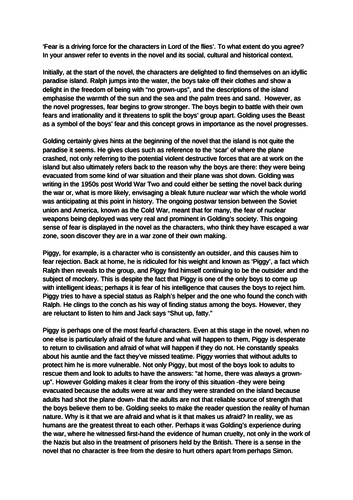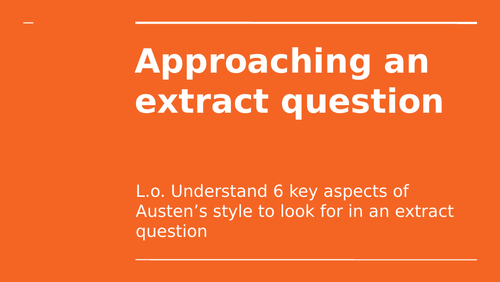Teach Me Lit
I create resources for all year groups at secondary level English. I also create study vlogs available on my YouTube channel if you search for Sophie Toovey. My podcast, Teach me Lit, is aimed at helping students revise for GCSE and A Level literature exams. You can find it on Spotify, Google podcasts and Podbean.




















